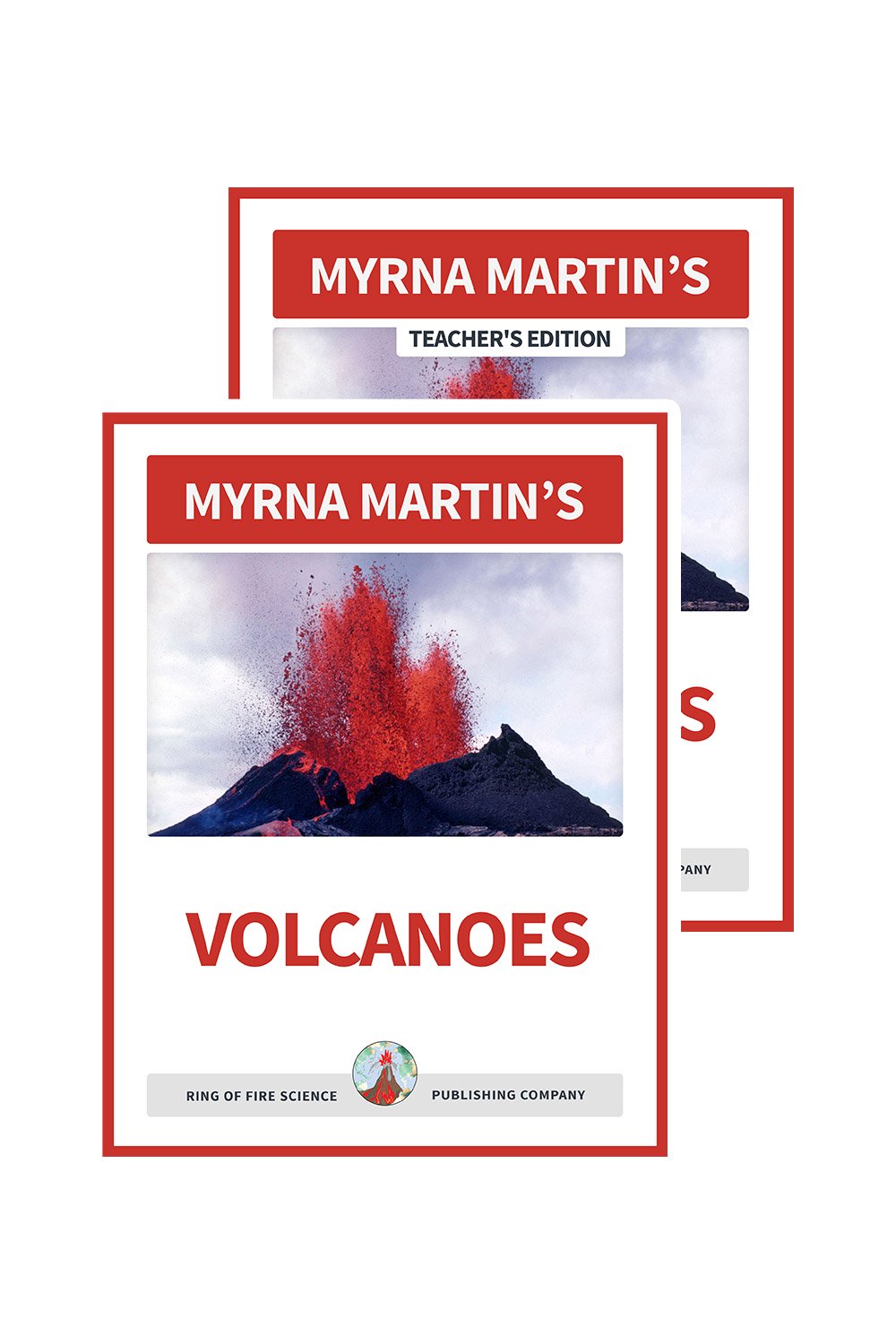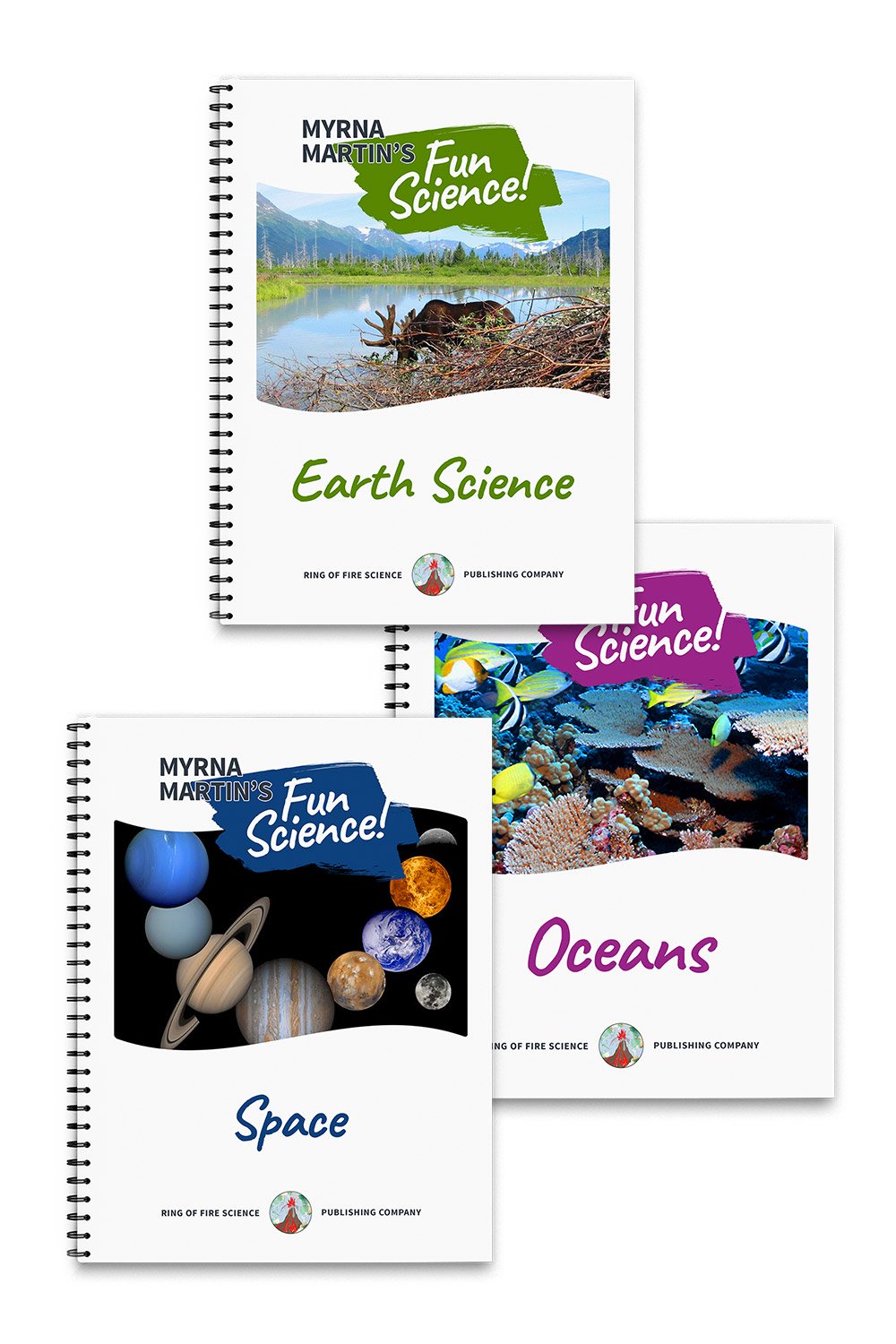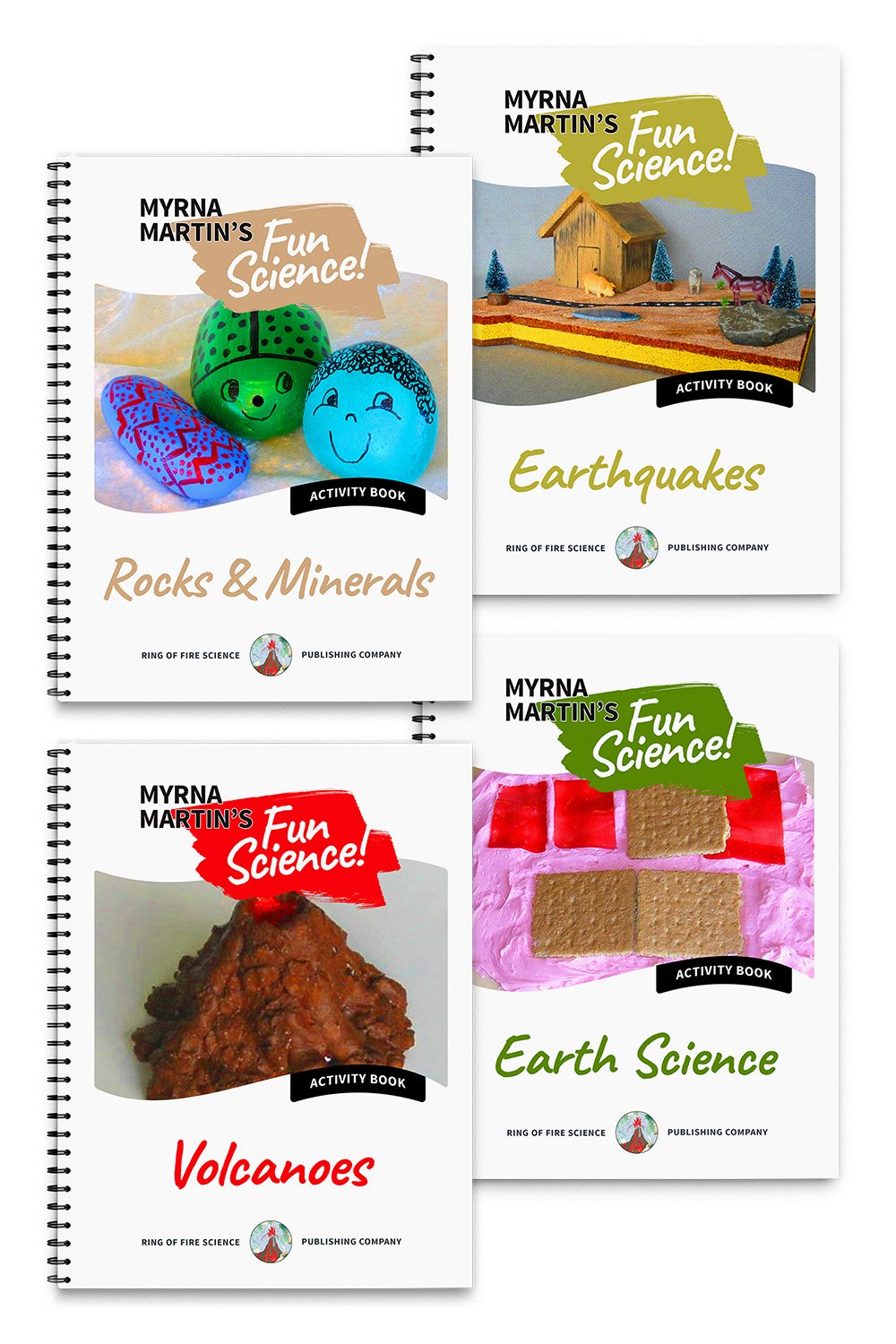Polar Winds
North & South Poles
Polar winds begin near the North and South Poles. Frigid air in the winter sinks toward the ground creating a high pressure area at the poles. These winds occur in both hemispheres.
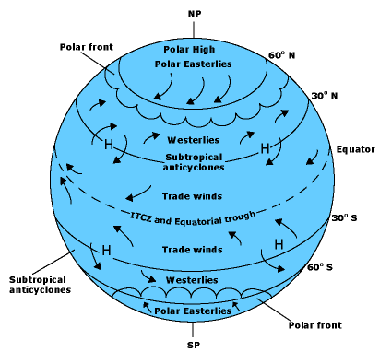
Polar Easterlies
Approximately 60 degrees north and south latitude warm air is rising creating low pressure areas. Winds form as they more from high pressure areas near the poles toward the low pressure areas 30 degrees below each of the poles. You can see from the pictures that these winds blow from the East to the West. The winds are therefore called Polar Easterlies.
Satellites track winds
Scientists describe and name winds based on the direction from which they are blowing. Oceanographers do the opposite. Scientists studying ocean currents describe currents based on the direction they are going toward NOT where they are coming from.
NASA's two satellites Terra and Aqua send imagery collected by the satellites to weather centers where they are using the data to calculate the speed, height and direction of the winds in polar regions. Arctic winter snowstorms often have high winds that carry snow from open areas to sheltered areas where it piles up. The highest winds speeds in the north are generally during the summer.
Temperature inversions
Temperature inversions can occur along the Pacific Northwest coast when cold polar air is trapped on the ground and warmer air moves in from warmer latitudes. The warmer air lifts over the colder air mass creating an inversion.
Inversions are caused by the separation of high level winds and surface winds in this region. Normally the air becomes colder as the height above the Earth increases. An inversion occurs when the temperature is much less than normal. The clouds just below the inversion layer spread out giving the clouds a flattened look.
Polar front boundaries
A polar front is a boundary between cold polar air and warm tropical air. The east coast of North America is a polar front boundary with large differences in temperature between the cold snow-covered land and the ocean currents in the winter. Polar fronts move further south in the winter and shift northward during the summer months.
More Weather Links
- Weather Forecasting Find out how meteorologists use weather instruments to predict all kinds of weather from tornadoes to blizzards.
- Polar Winds Find out about polar winds that form as frigid arctic air sinks downward and moves to lower pressures areas.
- Pacific Typhoons Pacific typhoons and Pacific hurricanes are the same storms due you know what the different is? Find out on this webpage.
- Tornado Scale Find out about the Tornado Scale and the new Enhanced Tornado Scale that measures tornadoes in the United States.
KIDS FUN SCIENCE BOOKSTORE
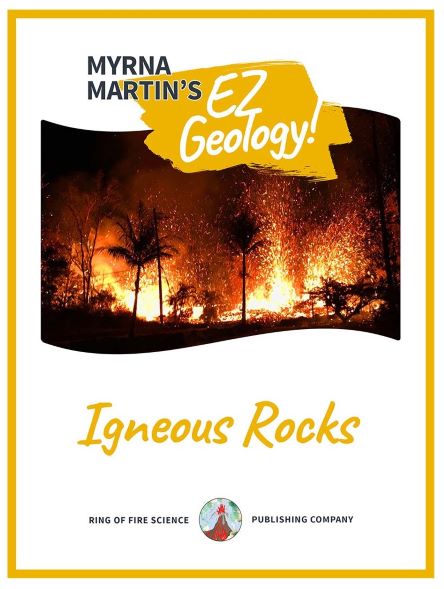 |
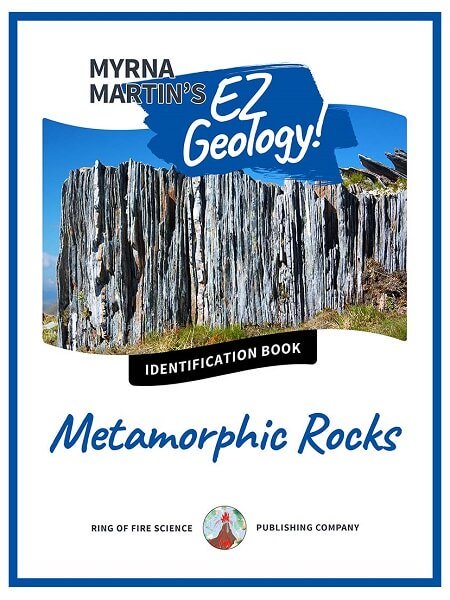 |
Check out Myrna Martin's award winning textbooks, e-books, videos and rock sets. The Kids Fun Science Bookstore covers a wide range of earth science topics. Click here to browse.
Sign up to our monthly newsletter and receive our FREE eBook containing 3 fun activities that don’t appear in any of our other books!
The Kids Fun Science monthly newsletter will include the following: current events, weird and fantastic facts, a question of the month, science trivia and the latest new content from our website.
We respect your privacy and you can be assured that we will never share your email address or use it for any other purpose than to send you our newsletter.



